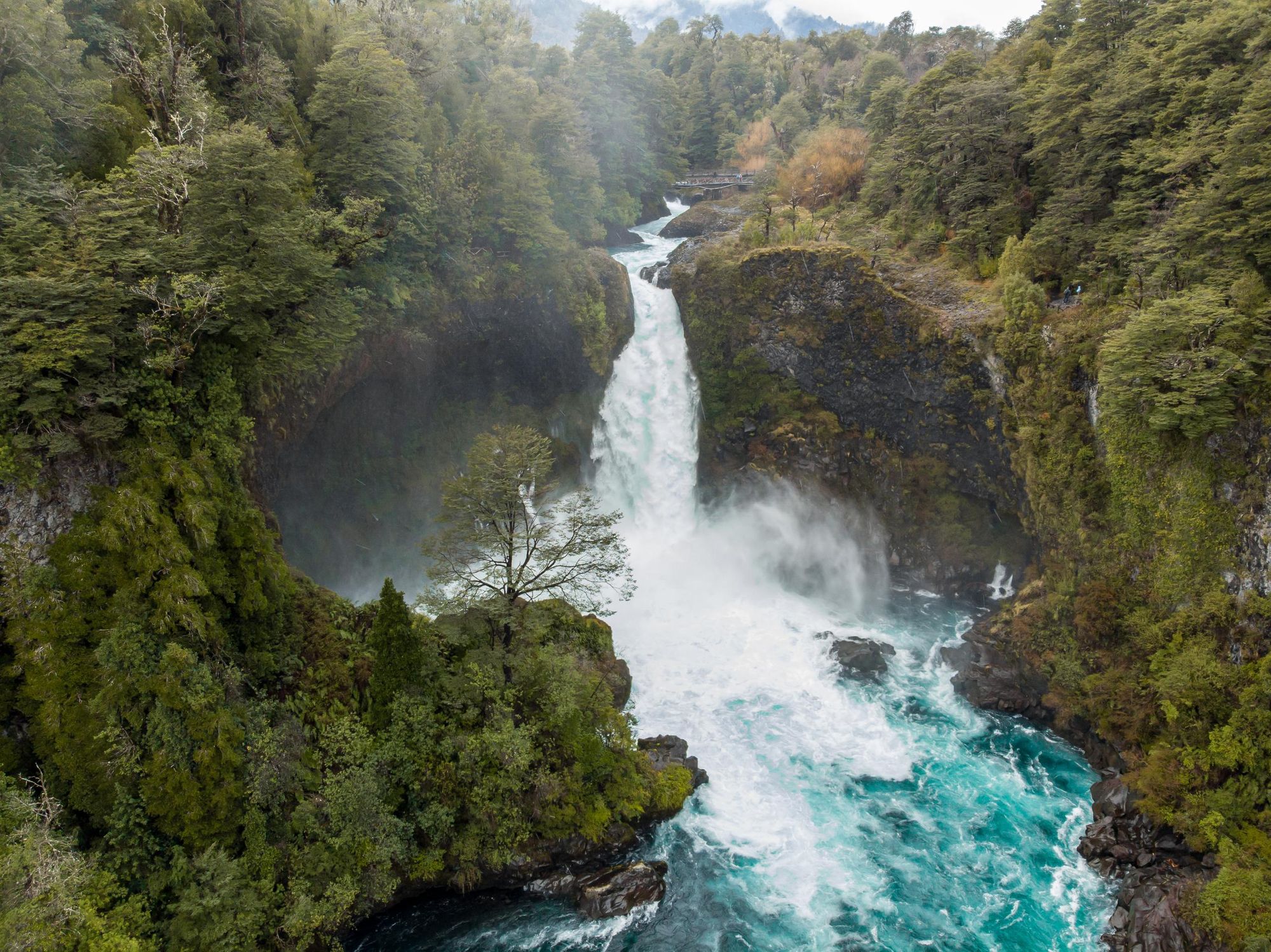Chile is the longest and narrowest country in the world, and the variety of adventure opportunities within the country reflects that fact. “It’s 2,671 miles (4,300km) long,” says Raffaele Di Biase, a Chilean tourism expert and the founder of Birds Chile. “So there are hugely different landscapes from north to south, from the Atacama Desert to Patagonia. Then we have the Andes to the east and the Pacific Ocean to the west, with one of the richest currents in the world - the Humboldt Current. Chile is unique in that diversity of landscape."
Chilean Patagonia alone, where you’ll find the legendary mountains of Torres del Paine and the world’s southernmost point, Tierra del Fuego, covers an area of over 40,273 square miles (104, 307 square kilometres).
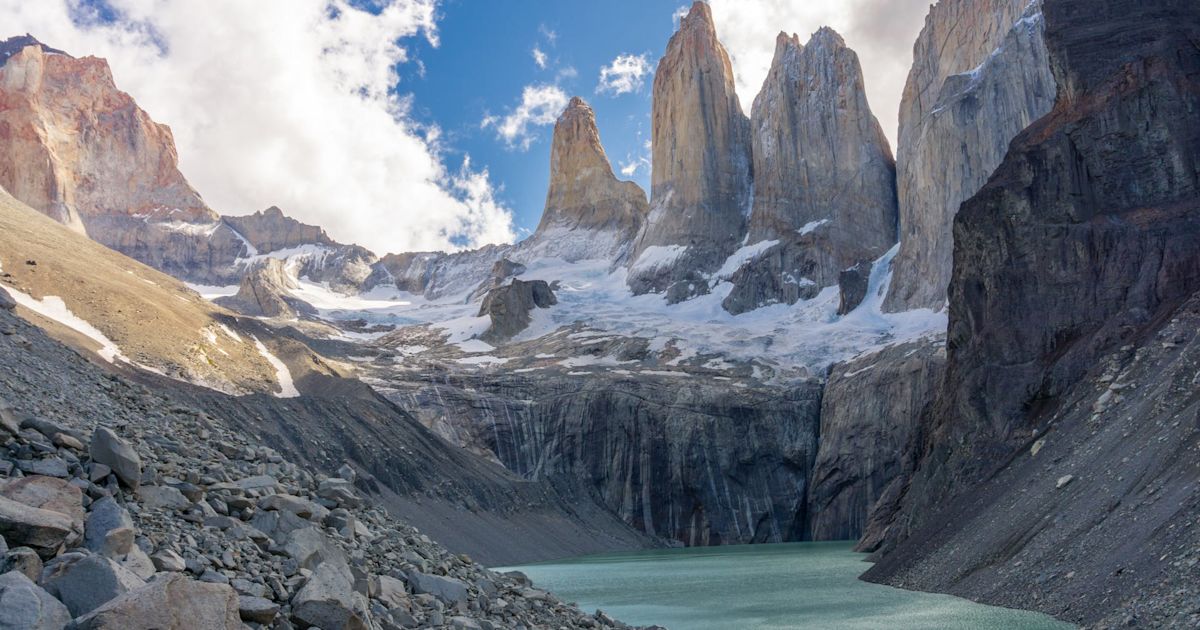
“You shouldn’t expect to cover all of Patagonia in one trip, because it’s so big; the distances are huge,” says Di Biase. “Some areas, like Bernardo o’ Higgins, Cape Horn and Tierra del Fuego will require you to take a boat - or drive for a couple of days - so there’s a very high rate of return travellers. Especially today, people don't want to rush around. That’s important in terms of positive impact tourism - and if you stay a little longer you can really immerse yourself.”
There are hugely different landscapes from north to south, from the Atacama Desert to Patagonia. Then we have the Andes to the east and the Pacific Ocean to the west...
There are so many reasons to visit Chile, from the colours of the Atacama in the north to the rewilded landscapes on the Route of Parks of Patagonia - a 1,700 mile (2,800km) hiking trail connecting 17 national parks. So, where to start?
We caught up with Raffaele, on a summer day in his hometown of Puerto Varas, in the Lake District of Chile, to get an introduction to some of the best places to visit in Chile for adventure - and the best things to do in Chile while you’re there.
1. The Atacama Desert
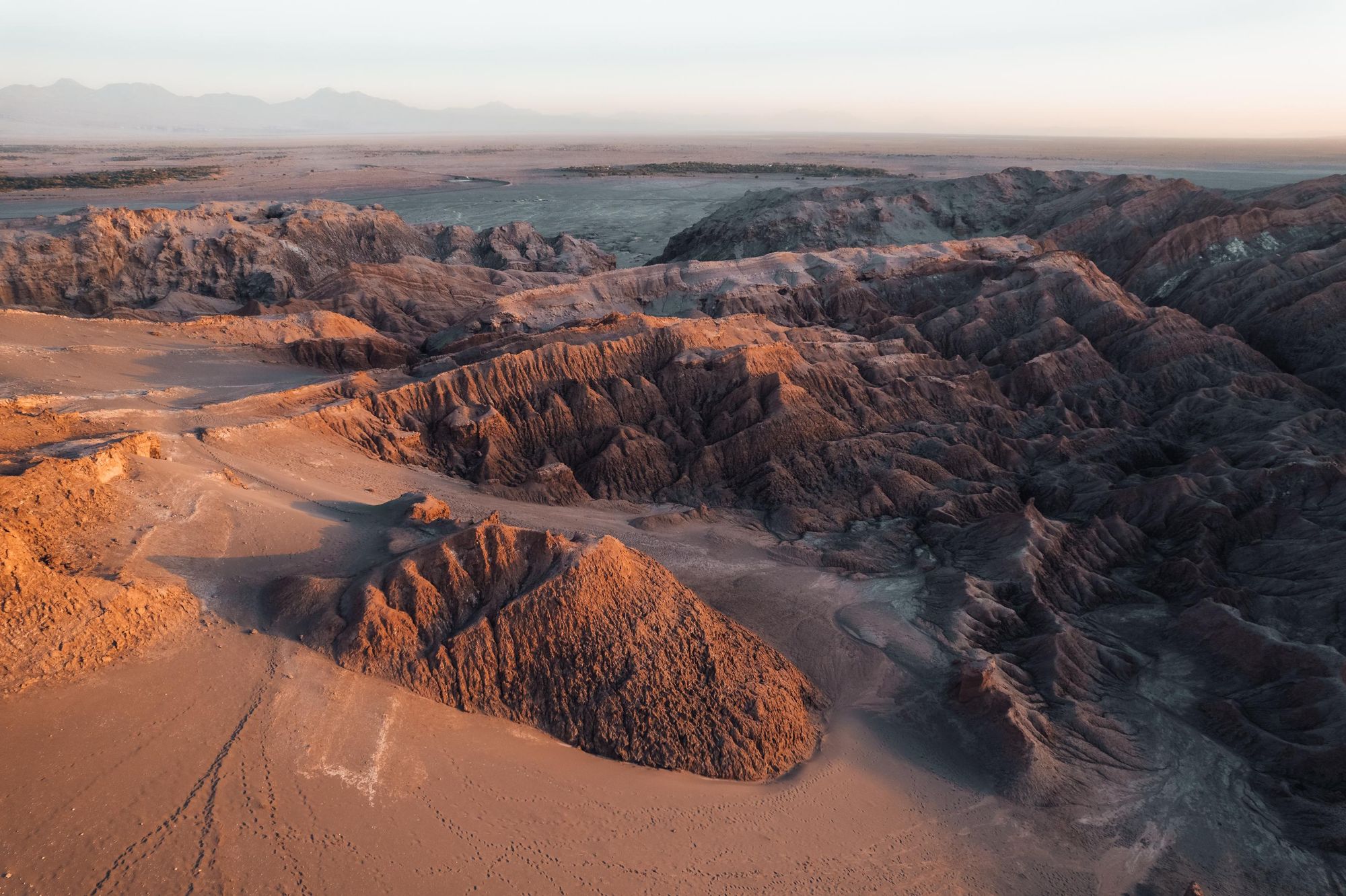
“In the north we have the driest desert in the world, the Atacama Desert,” says Raffaele. This is a place of deep blue lakes and ochre, lime green and red rocks and minerals. “It has this variety of colours, unique wildlife and fauna; and terrific hiking and trekking routes that run through it,” says Di Biase. “Plus, you’ve got volcanoes, the salt flats and indigenous culture unique to the north."
The Atacama Desert itself is huge, stretching around 700 miles (1,126km) north to south. Di Biase divides the Atacama Desert into three parts.
It has this variety of colours, unique wildlife and fauna; and terrific hiking and trekking routes that run through it...
“First, we have the extreme north, which is the area near Arica [a port city] and the Altiplano, where we have Lauca National Park,” he says. “This is a great destination, off the beaten trail, to explore the wonderful deserts, volcanoes and lagoons in the extreme north of Chile, close to the borders with Peru and Bolivia.
“If you go south you've got the second area - the heart of the Atacama Desert - with San Pedro de Atacama, a small, busy town with lots of tours available.” You can visit the aptly-named Valle de la Luna (Moon Valley), venture to the huge El Tatio geysers or even go sandboarding on the dunes of the desert.
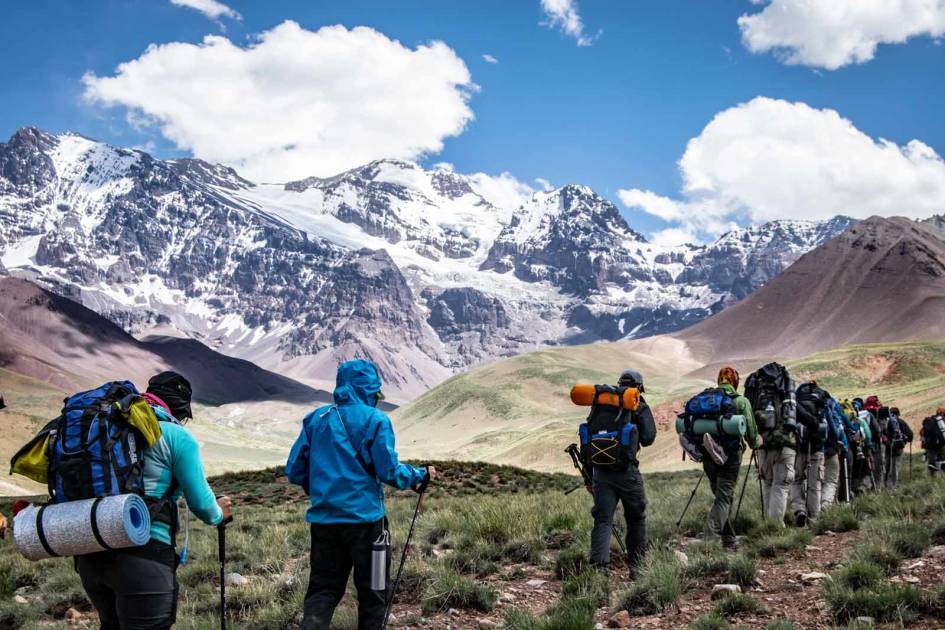
There are also rewilding experiences nearby. Di Biase works with The Andean Cat Alliance, an NGO set up to protect this adorable, endangered cat. “You can visit Machuca, a small town a few kilometres from San Pedro de Atacama, where an indigenous community will host you for lunch and give you a walking tour,” Raffaele says. “The local community makes handicrafts inspired by the cat. Then you visit the NGO for a talk about the importance of the Andean cat.
“The third part of the Atacama is the area of the Humboldt Penguin Reserve; in the southern part of the Atacama Desert,” says Raffaele. “It’s waiting to be discovered, on the borderline between the Atacama Desert and Central Chile and it’s probably the best place in Chile to watch whales. You also have the Vicuña Valley there - an Andean Valley which is great for hiking.”
2. The Lakes and Volcanoes Region
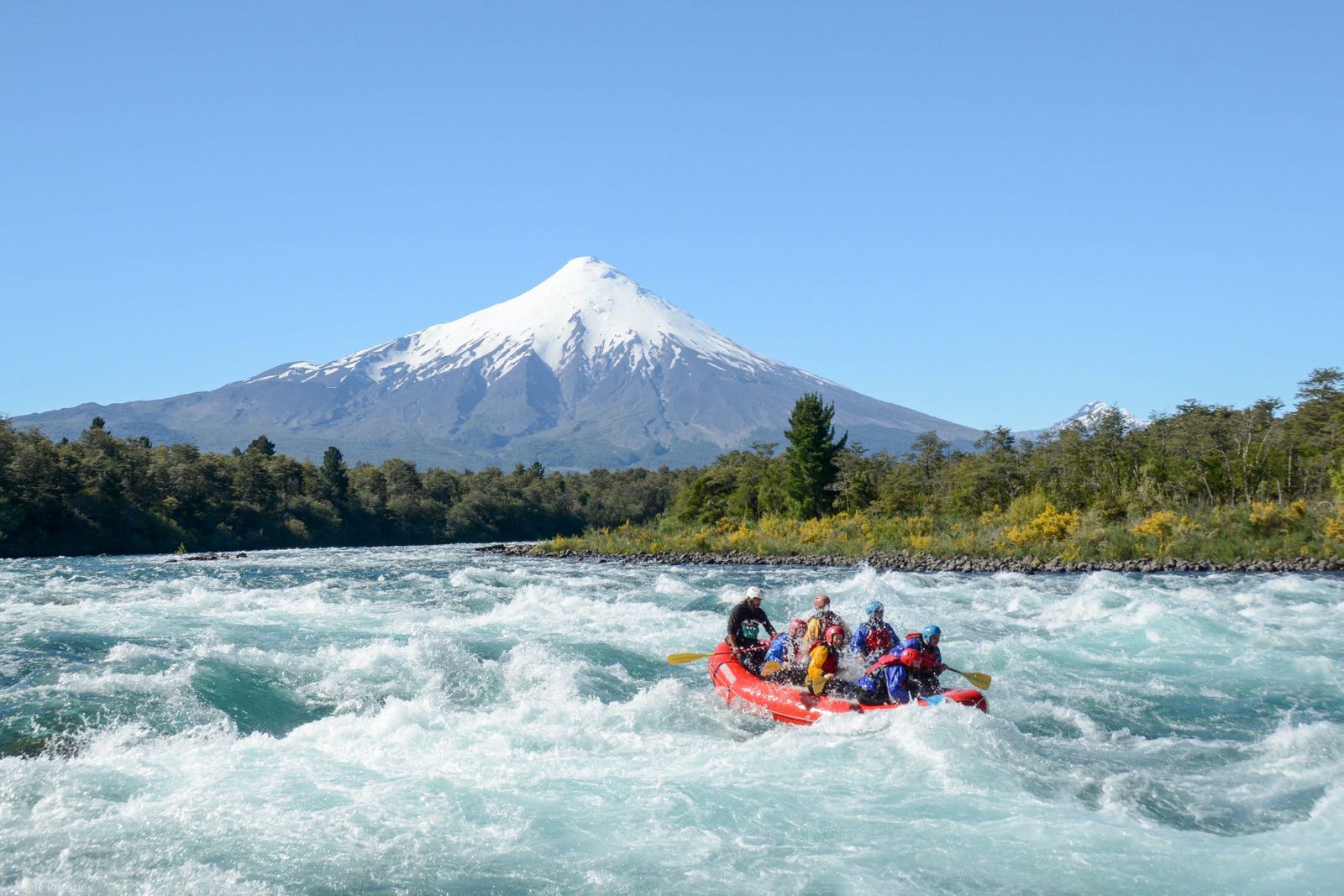
Drive or fly a full 1,640 miles (2,640 km) south from San Pedro de Atacama to reach Puerto Montt and Puerto Varas, where Raffaele is based, in the Lake District of Chile. The Osorno and Calbuco volcanoes tower over the area, which is also on the enormous Lake Llanquihue.
We have these amphitheatres of granite rock, and we also have fjords and lakes and rivers to kayak in...
“The Lake District is the gateway to the Route of the Parks of Patagonia,” says Raffaele, “and it's a great destination for adventure tourism. This is a more inhabited area than some others in southern Patagonia, so there is a very good mix of adventure and culture.” Puerto Varas is a beautiful, bustling city. Think mountains during the day and microbreweries in the evening.
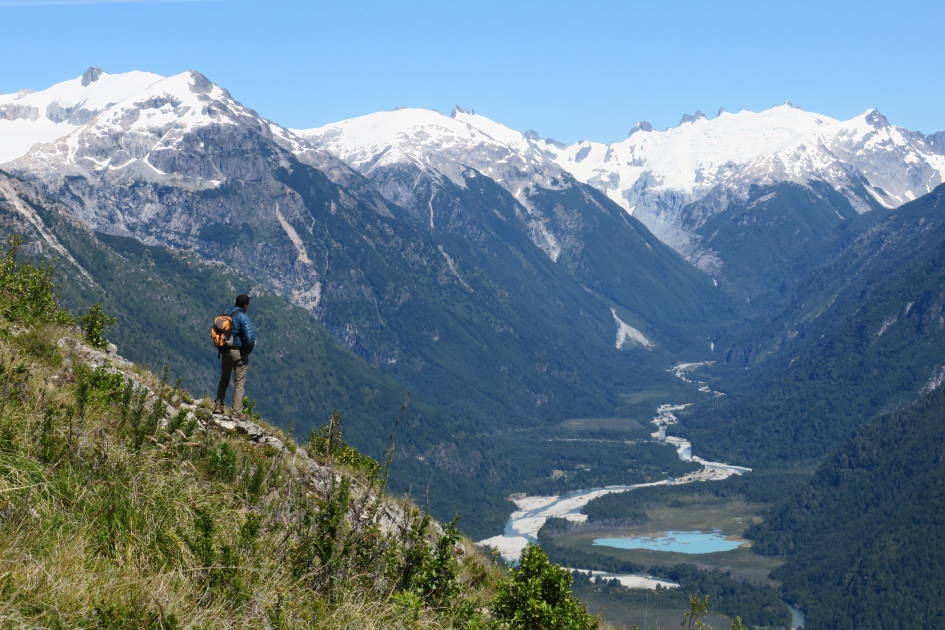
“We have temperate rainforest here, and volcanoes to hike and climb,” says Di Biase. “There are some of the best spots in the world for rock climbing here; because we have these amphitheatres of granite rock, and we also have fjords and lakes and rivers to kayak in.
“We’re near the northern part of the Parks of Patagonia. And we also have these hidden corners of northern Patagonia, like Rincon Bonito, in the middle of the mountains [in the Ventisquero Valley]. People usually base themselves in Puerto Varas, explore the area around Lake Llanquihue and the national parks and then start to move south to the Parks of Patagonia.
“We’re also the gateway to the Chiloé Islands archipelago in the Pacific Ocean.”
3. Pumalín Douglas Tompkins National Park
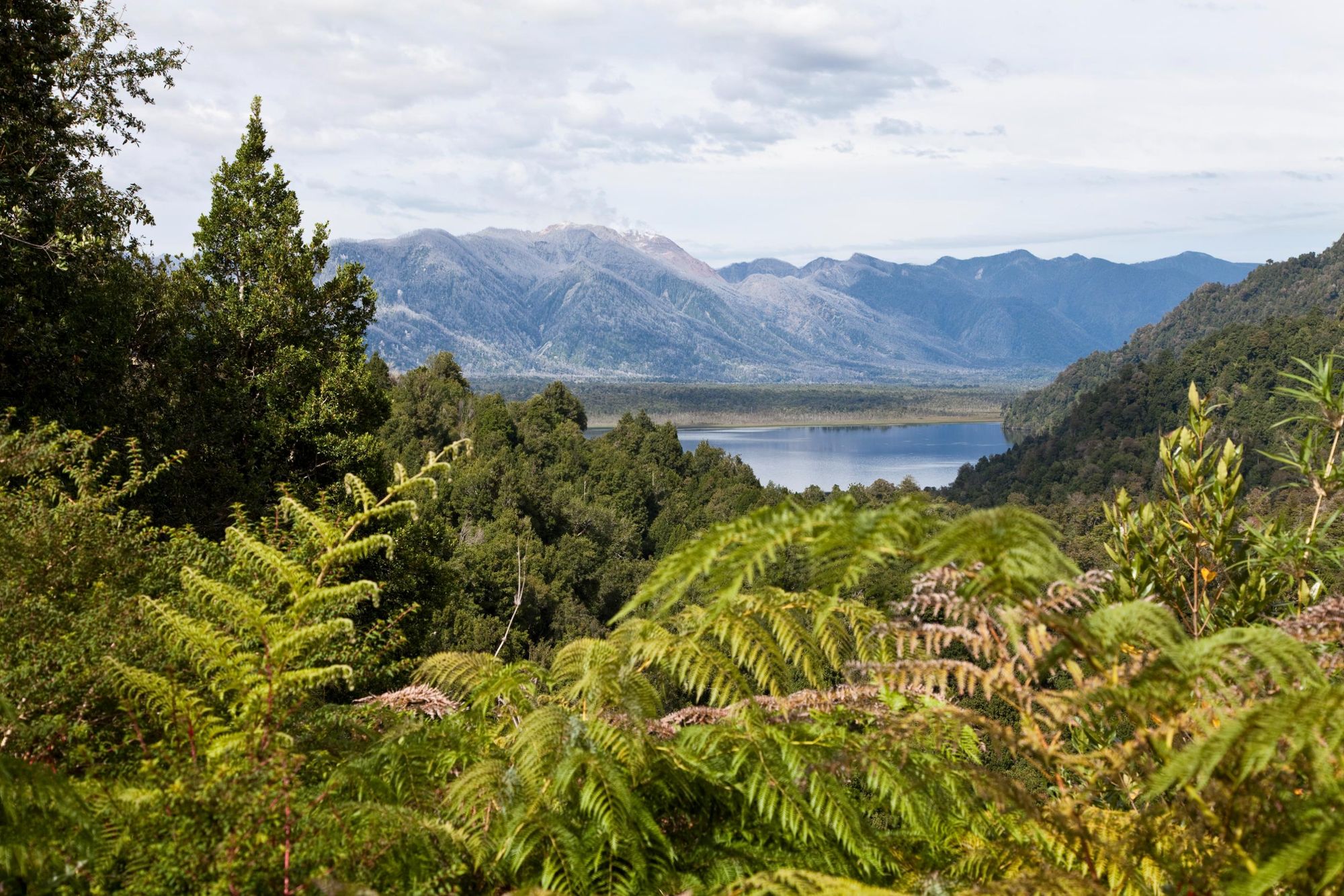
Also known as Parque Pumalín, this 1,544 square mile (4,000 square kilometre) national park in the Palena Province was created in 2017, after the land for the park was gifted to the Chilean state by the Tompkins Conservation (now Rewilding Chile), an NGO run by the late North Face founder Doug Tompkins and his wife, former CEO of Patagonia, Kris Tompkins. In the same donation, the Tompkins Conservation donated over a million acres of land - also leading to the creation of four other parks (Melimoyu, Cerro Castillo, Patagonia and Kawésqar).
It has the best preserved forests of this kind in Chile.
The launch of these five new national parks also came with the launch of the Route of Parks, a 1,700 mile (2,800km) trail connecting 17 national parks in Patagonia.
“When we speak about the Route of Parks of Patagonia, we're speaking about three regions,” Raffaele explains. “There’s the Lakes and Volcanoes District, then there is the Aysén region, which is like the central part, and then we have South Patagonia and the Magallanes region. Pumalín is the most iconic park on the Route of Parks, because it was the first one. It was created by the Tompkins Foundation and it’s the paradise of the temperate rainforest in the country. It has probably the best preserved forests of this kind in Chile.”
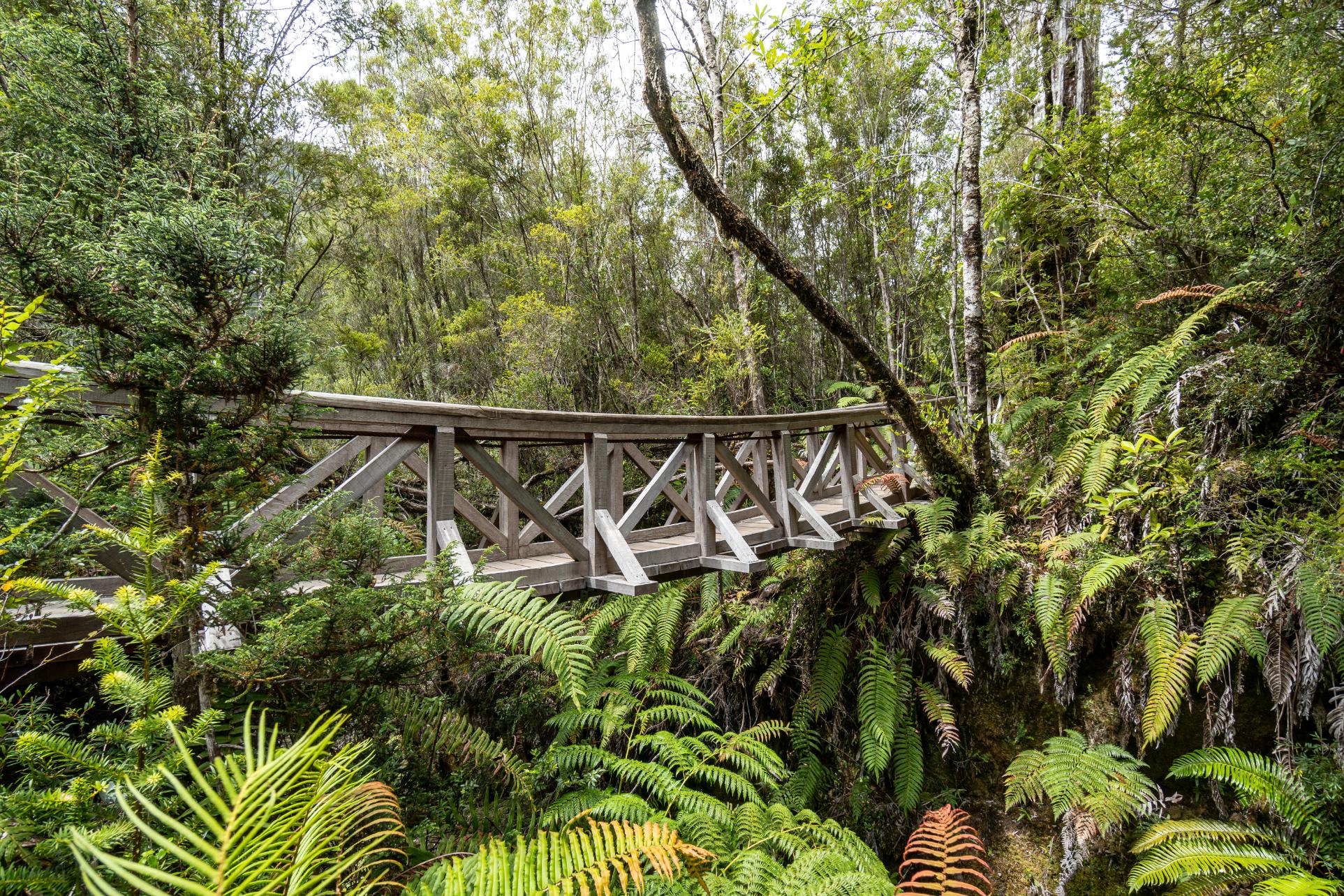
Rewilding Chile writes that the park has “more than four thousand vascular plants - half of which cannot be found anywhere else on Earth,” adding that fauna highlights include “the chucao and hued hued birds, the pudú deer, Darwin’s frog, the otter, and the guiña cat,” all of which live alongside towering alerce trees.
The national park sits at the entrance to the Patagonian fjords region, and is surrounded by glacier valleys and active volcanoes. “You really are in a park that has hundreds of trails to explore,” says Raffaele, “of all sorts of difficulty - from soft adventure to high-difficulty trails. We have trails that go up an active volcano, Chaitén, trails that go to glaciers, like Michinmahuida - and we have the fjords and the mountains. So it's a great destination for adventure tourism.”
4. Cerro Castillo
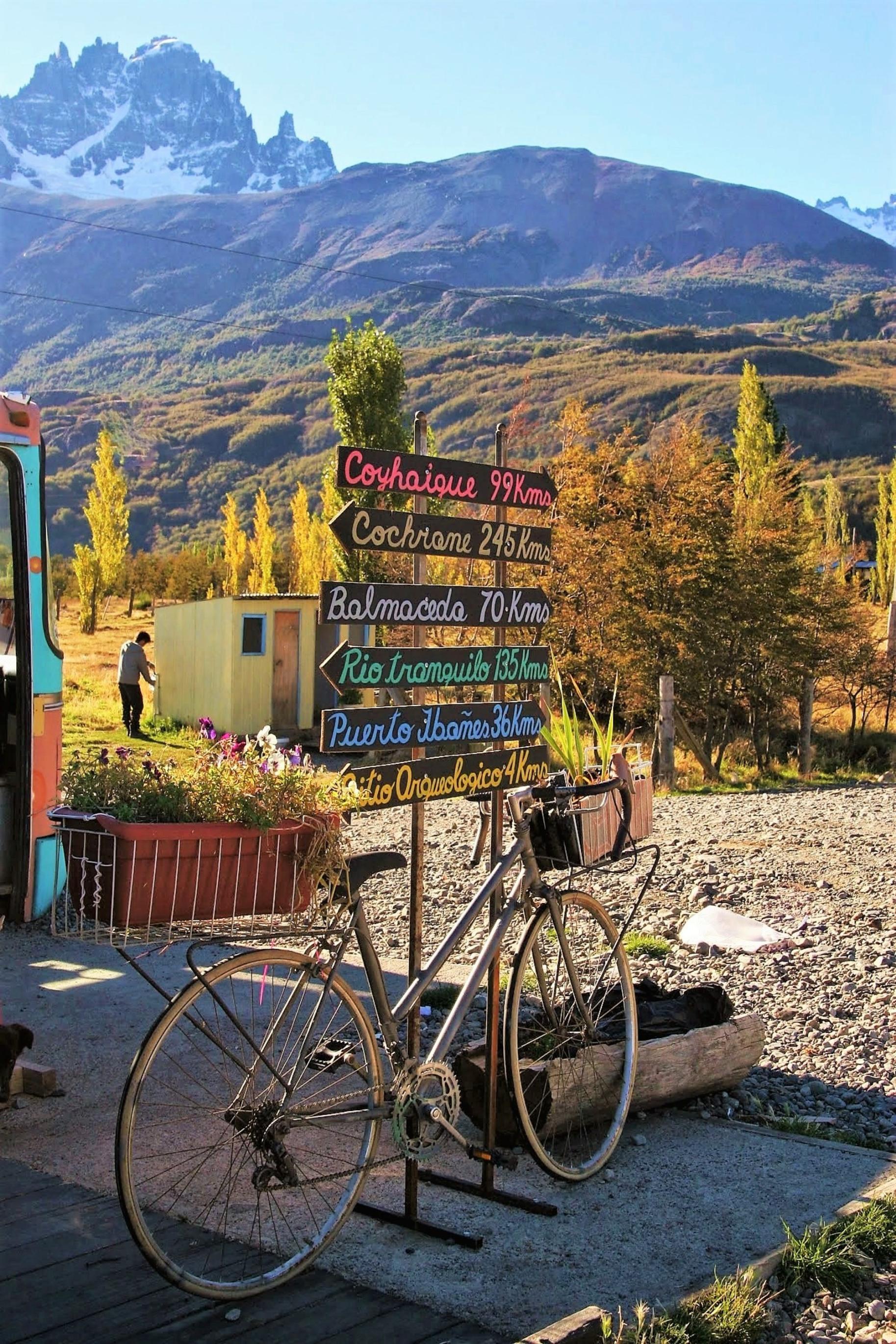
Another stop along the Route of Parks of Patagonia, Cerro Castillo was also a park created in 2017 after a land donation from the Tompkins Conservation. The park is named for the eponymous Cerro Castillo peak, a jagged, mountain surrounded by glaciers and lakes.
“Cerro Castillo is one of my favourite national parks,” says Raffaele.”It's a spectacular park with remarkable mountain formations. It's also not as busy a park as some of the others; so it's a great place to go and have an intimate experience in the Aysén region. It's a park that has some of the most beautiful hikes that you can do in all of Chile, surrounded by spectacular peaks, mountains and lakes, but also with views out to different mountain glaciers, mostly.”
It gives you perspective on a wild Patagonian area - not so settled by humans...
The Cerro Castillo Circuit is a circular 31.6 mile (51km) route which takes three-to-four days and covers various park highlights, including the valley of Río Turbio, the steep hike to El Peñon pass and the remarkable blue of Laguna Cerro Castillo - with excellent campsites also en route.
The park is home to the endangered South Andean deer, and the Andean Condor, one of the largest birds in the world, can be spotted in the skies. The park is also a key part of the National Huemul Corridor, a conservation project that is looking to re-establish the rare Huemul deer.
“Activities range from horseback rides to hiking, and very close to Cerro Castillo, you also have the possibility for kayaking and other sea activities. It's a small area that is served by a small village, so that gives you perspective on a wild Patagonian area - not so settled by humans.”
5. Parque Patagonia
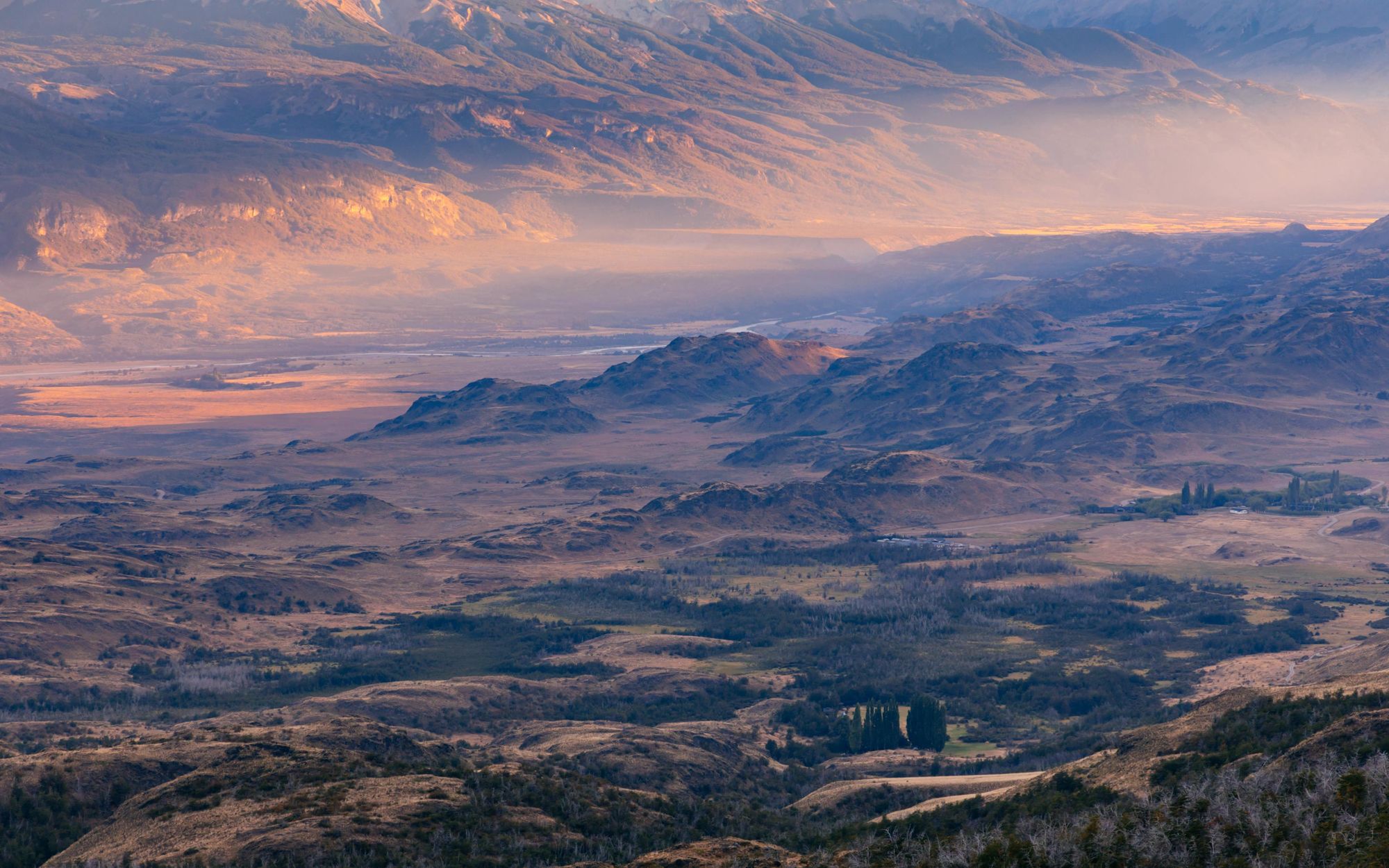
Parque Patagonia is the final park on this list that was created by the Tompkins Foundation. It’s a thriving site of pioneering conservation methods, where Rewilding Chile are working with their cross-border counterparts Rewilding Argentina to create a wildlife corridor connecting this park in Chile to one of the same name in Argentina - with huge benefits for the local wildlife.
“Parque Patagonia is the most recent in the Route of Parks of Patagonia,” says Raffaele. “It’s an immense area of steppe, with some transitional forest.”
The Chacabuco Valley is at the heart of the park, and marks the point of transition from the dusty steppe of Patagonia to the grasslands and beech forest.
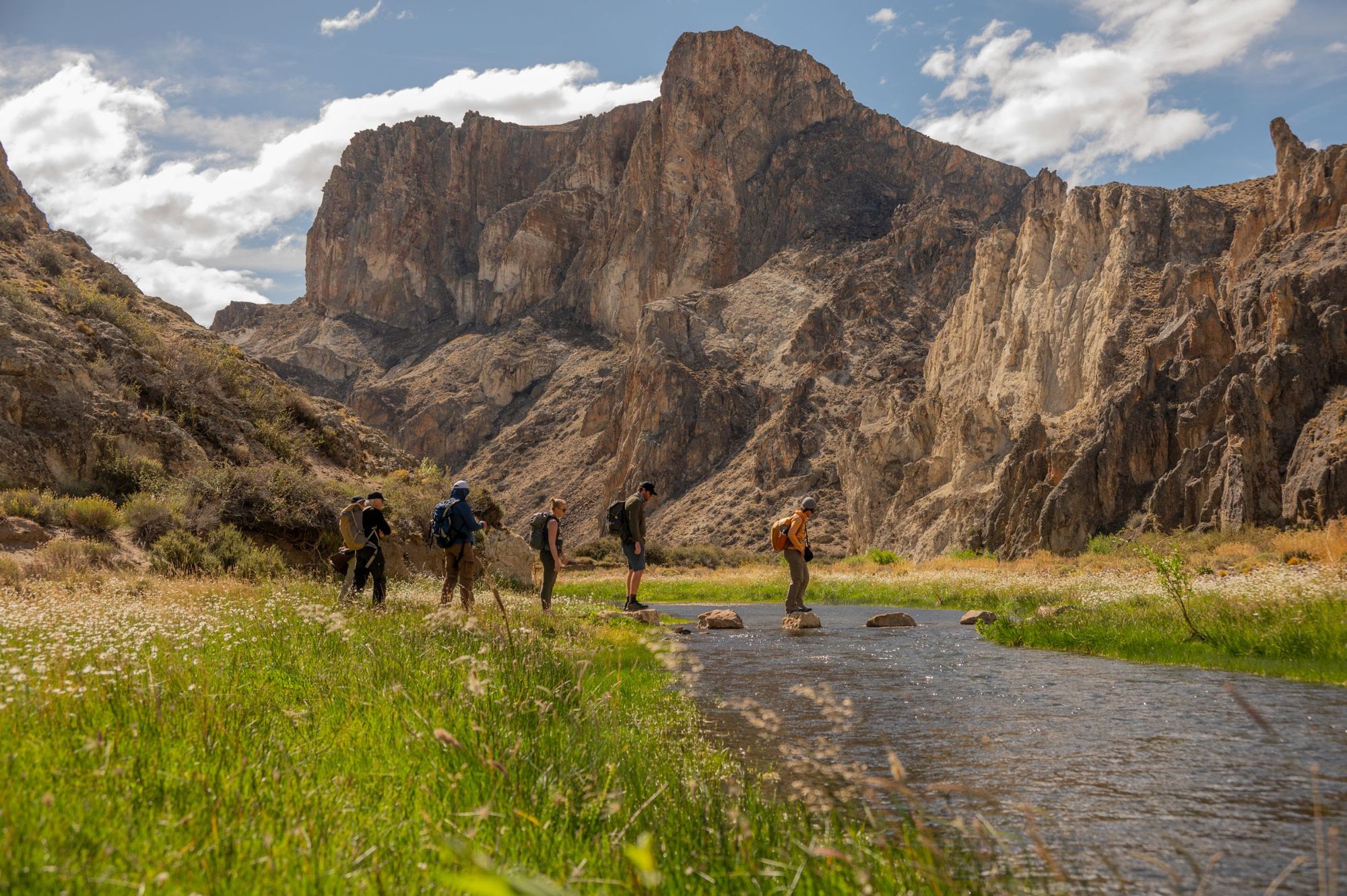
“In the past, this national park was an area of cattle ranching, but the rewilding foundation have removed fences and wires and brought back large herbivores; which are the key for a successful rewilding process - guanacos (ancestors of the llama) and the Andean deer, for example. It's also a great place for pumas - and there are a lot of different trails to explore.”
It's a gem of Patagonia, and it's in constant evolution in terms of the rewilding efforts.
Historically, ranchers would have shot pumas on sight here, but now, locals guide tourists to see them. There is an ongoing change from intensive farming to a circular, nature-based economy, with conservation and community at its heart.
“There are excellent lodges inside the park here - and very close to the park there is a small town called Cochrane, 30km away, where you have boutique hotels, locally owned, where you can spend the night or eat before exploring the national park.
“The activities range from fly fishing to trekking and kayaking. It's a gem of Patagonia and it's in constant evolution in terms of the rewilding efforts.”
6. Torres del Paine
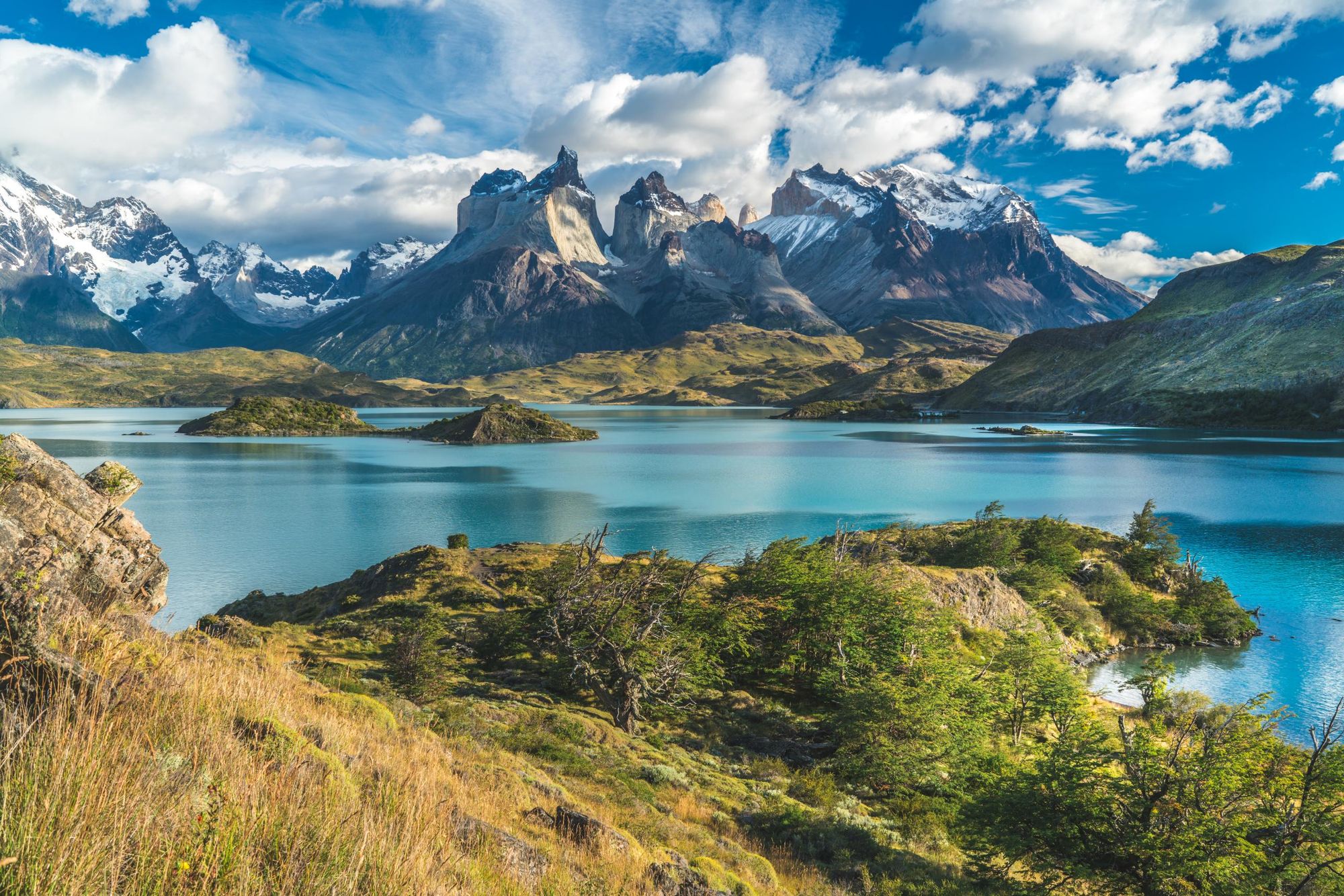
Without a doubt, Torres del Paine is the most famous national park in Chile - and the name that springs to mind for adventures around the world when they think about visiting Patagonia.
“Torres Del Paine is beautiful,” says Raffaele. “It's such an iconic destination.”
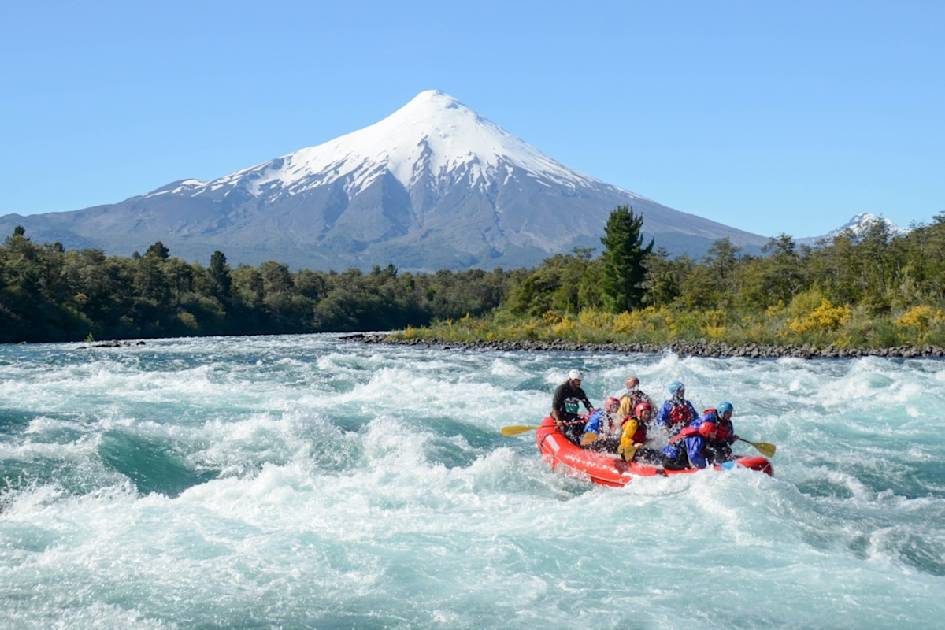
There are two key hiking routes around the park. The W Trek is a legendary 46-mile (74km) circuit that takes you through Ascencio Valley to the famous granite towers that give Torres del Paine its name, and beyond to the hanging glacier Francés. The O Trek is a slightly longer walk, running 68 miles (110km), and encapsulating much of the W Trek but also taking a lesser-visited backcountry route, meaning you’ll encounter about a third as many trekkers as on the W Trek.
“January and February are the high season down here, but if you go in the shoulder seasons, you’ll be able to have a much more intimate experience than in that time,” says Di Biase. “The climate in Patagonia is very unpredictable. So you could come here in summer and find snow, wind and cold, and you could come in Autumn and have sun - but in Autumn, the difference is that the place will be a lot less busy, and the colours of Autumn are really, really stunning.
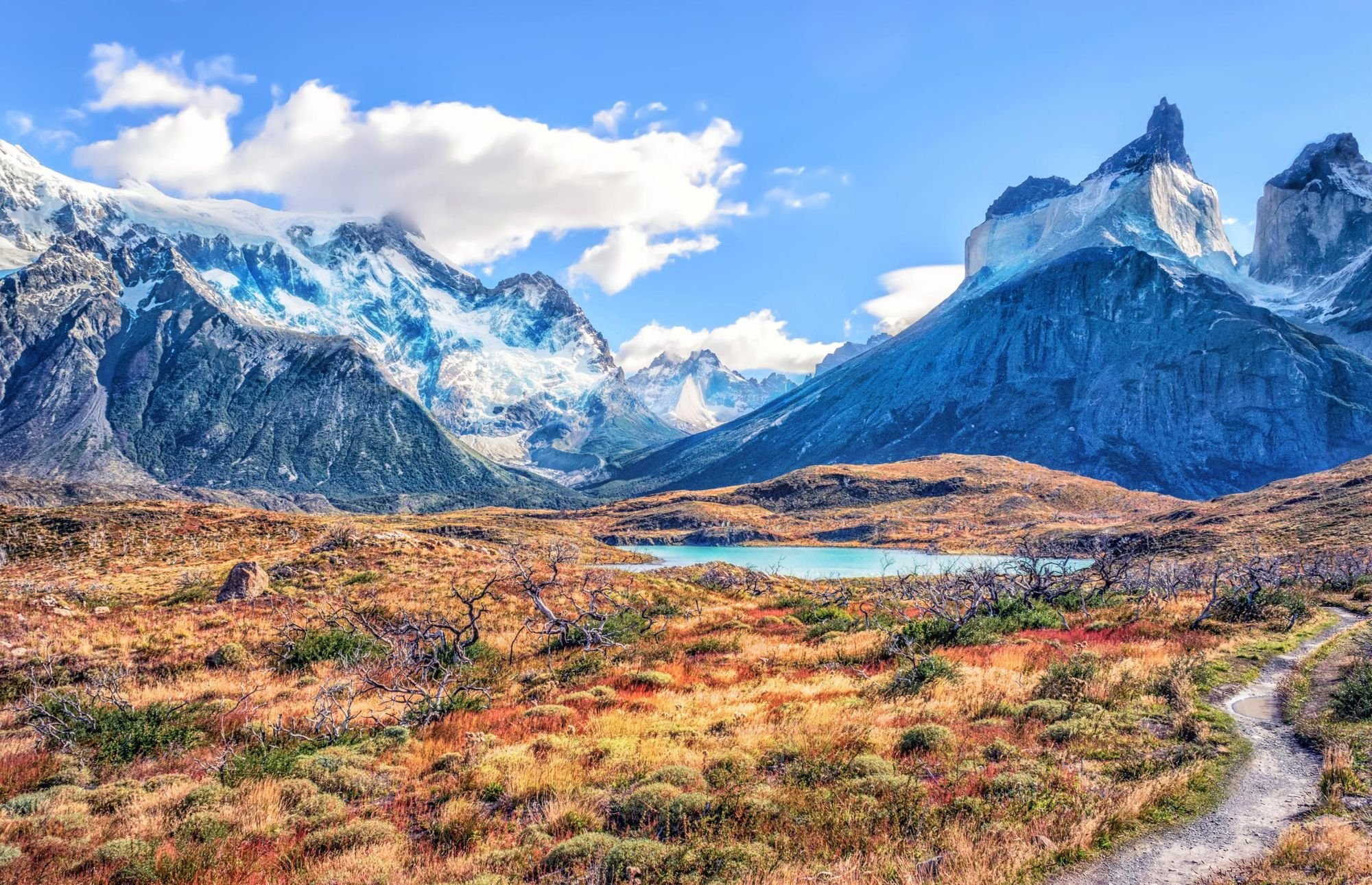
“You can trek the W or the O circuits, and sleep in shelters along the way, or you can also have more of a soft adventure exploration; doing some day hikes, enjoying the landscapes, of course, and spotting some wildlife too - it's one of the best places in the world to watch pumas. There are a few hotels inside the park, where you can stay, but also you have different options outside the national park, including in Puerto Natales, which is the closest town to Torres del Paine.”
Di Biases also adds: “Bernardo o' Higgins National Park also borders Torres del Paine, and the glaciers there can be visited on boat expeditions from Puerto Natales and Puerto Montt.”
7. Tierra del Fuego
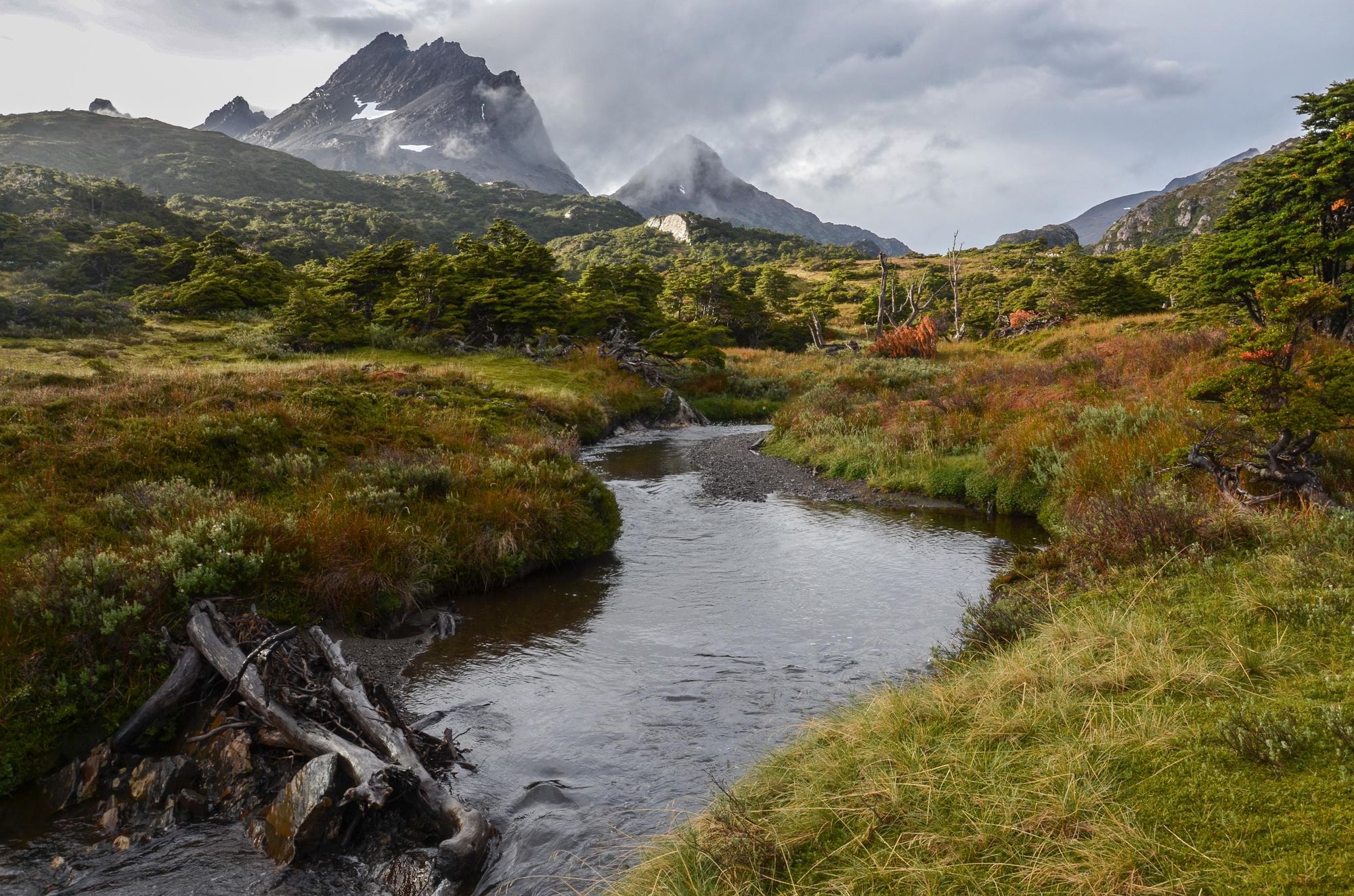
World renowned as being the southernmost point of South America, Tierra del Fuego is an area divided between Chile and Argentina - and it’s also a great spot for adventure travel.
It's an adventurous, multi-day hiking route in a very, very wild environment.
The archipelago, also called Tierra del Fuego, sits off the coast of the South American mainland, with the main island of Tierra del Fuego being across the Strait of Magellan. The other most notable island of the archipelago is Cape Horn, often visited on Antarctic cruises.
On Navarino Island you'll find Puerto Williams, the southernmost populated settlement in the world - and you’ll also find some great hiking. “There is a trekking circuit called the Dientes de Navarino Circuit which is quite an adventurous, multi-day hiking route in a very, very wild environment,” says Raffaele. The circuit runs 25 miles (40km), through the teeth of Navarino, a jagged mountain range, and draws comparisons to Torres del Paine's W Trek.
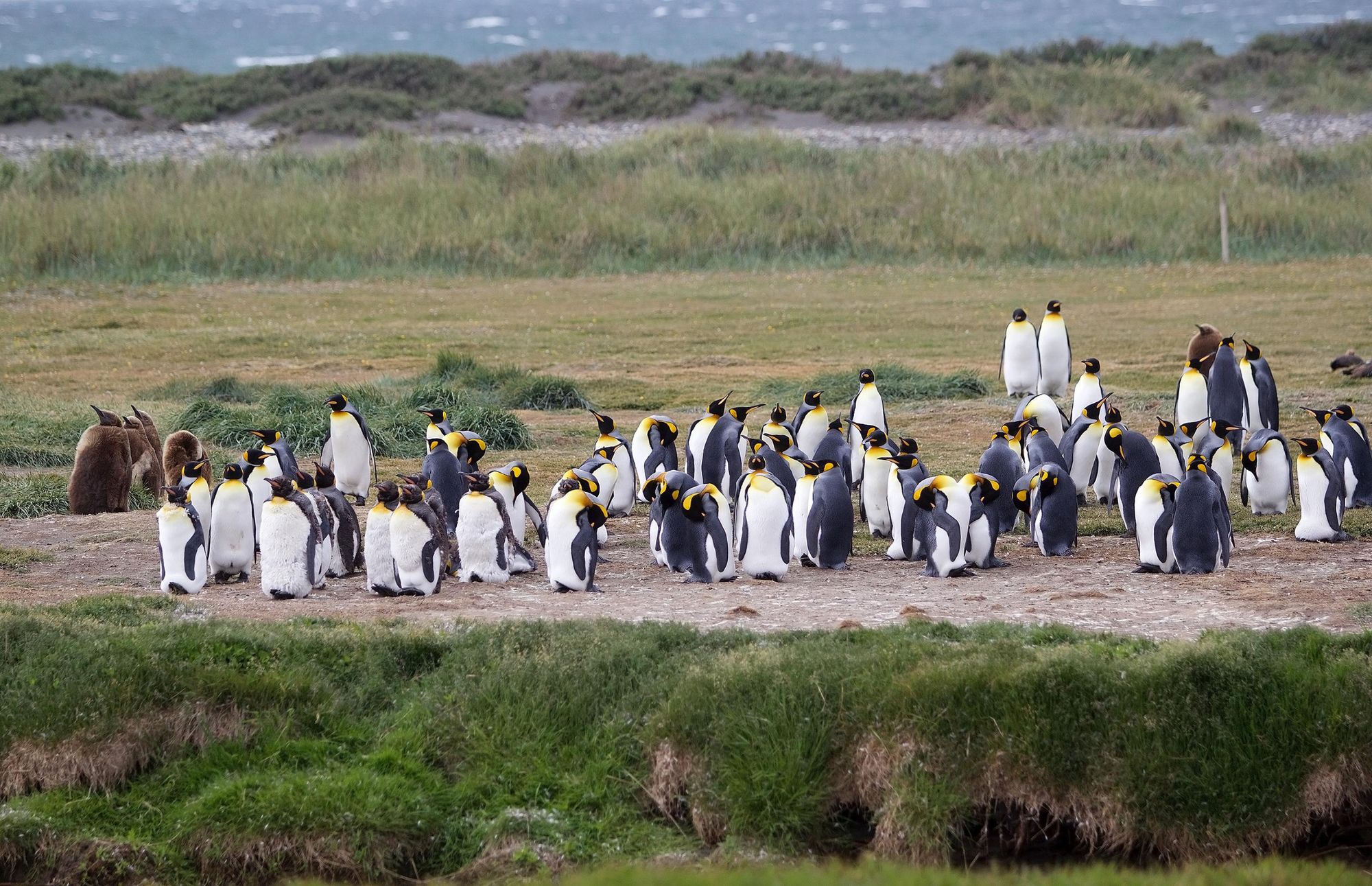
Elsewhere, the area is great for wildlife. It’s famous for the King Penguins but there's also other notable bird life - like the Magellanic woodpecker, Andean condor and austral parakeet.
“The archipelago is very diverse,” says Raffaele. “The southern part is more of a sub-Antarctic forest area. It's very green, with glaciers, fjords, mountains and the Darwin mountain range. The north part of the island is vast Patagonian steppe; semi-arid desert. If you want to go hiking, you're probably going to be going to the south of Tierra del Fuego, but if you want to concentrate on the wildlife aspect, you can probably spend a little bit more time in the north.”
Inspired? Check out our range of adventure holidays in Chile now!


